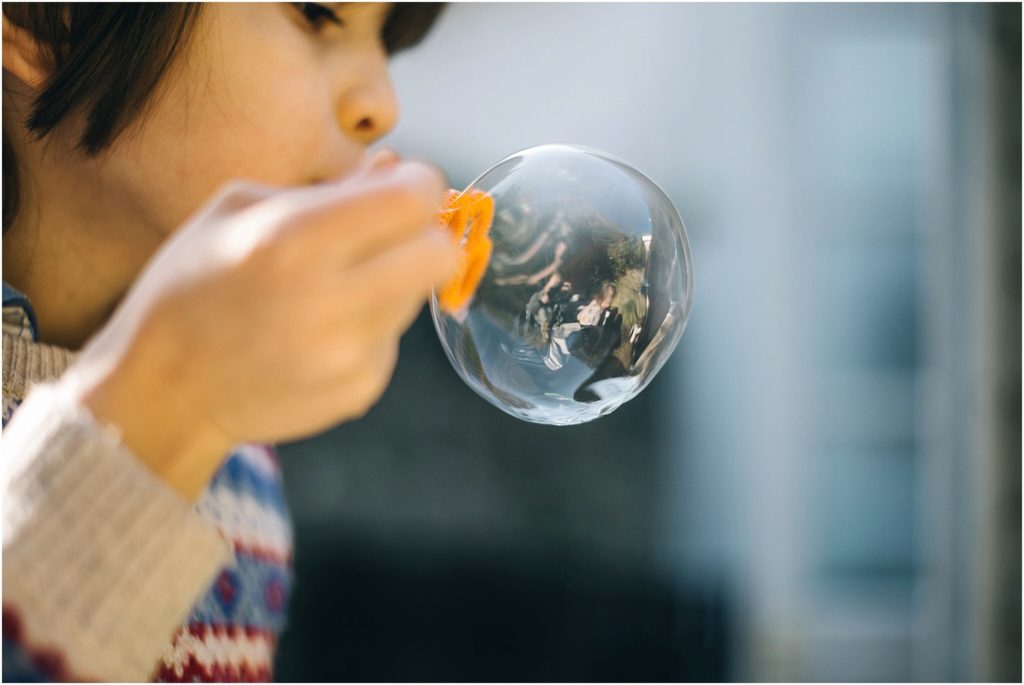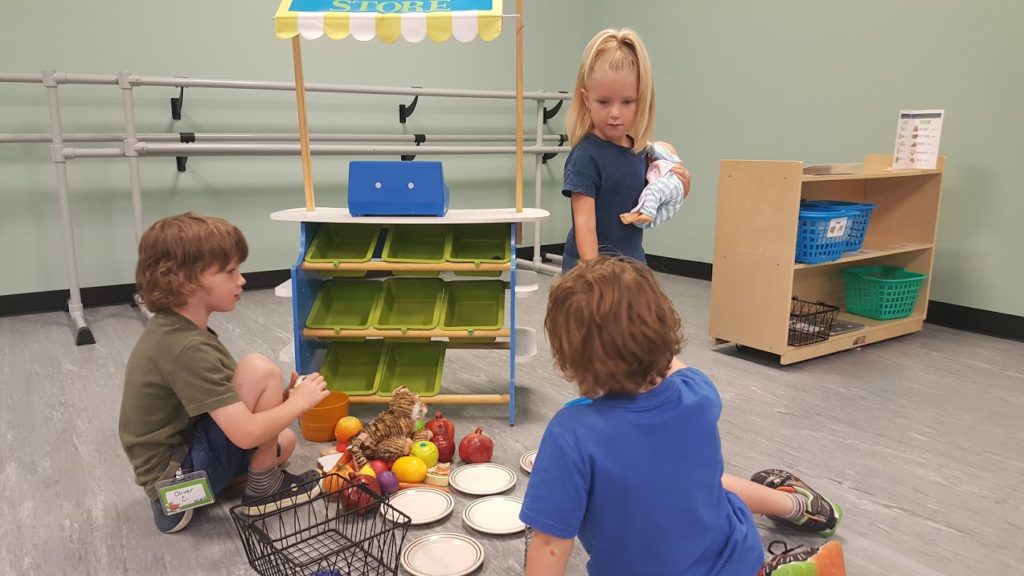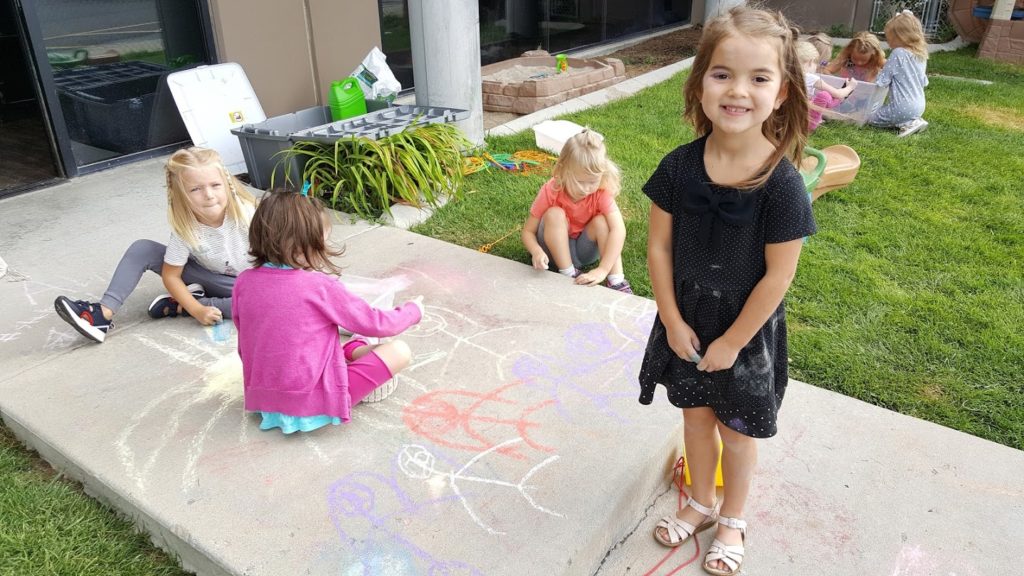Keeping up with the Joneses has always been a hazard of modern life. We want what our neighbors have. And try as we might, we just can’t shake this competition when it comes to parenting. Even the least-affected among us want our children to excel academically, socially, physically, and more.
And we naturally worry when it seems like our child is falling behind. But in the rush to make sure our kids keep up, we sometimes focus too heavily on academics, sports, and more. While these components of childhood are all important, we may forget one very important thing:
Play.
It may look like our kids are just wasting time when they’re playing, but it’s actually a critical component of their development. In fact, the United Nations High Commission for Human Rights even recognizes play as a right of every child!
Read on to learn why play is so important at home and at school — and how you can make sure your child gets enough of it!
The Many Benefits of Play-Based Learning
Children need to learn their ABCs and 123s, and play is one way to effectively make that happen. When you incorporate fun into regular lessons, children just get it.
But the benefits of play-based learning extend far beyond academics. Play develops imagination, cognitive strength, and dexterity. It allows children to have control over their environment, giving them confidence and the ability to master what they’re doing. It helps children face fears in a safe space, and it lets them practice adult roles. They learn how to work in groups, to negotiate, and to advocate for themselves. They learn to try on different interests, and find what they’re really passionate about.
And that’s all just from unstructured play!
When a teacher uses guided play as a teaching tool, she can ensure her students build vocabulary skills, gain background knowledge on subjects being taught, and even push through academic challenges.
Indeed, researchers have determined that successful learning contains four key ingredients. The best learning happens when children are:
- Mentally active
- Engaged
- Socially interactive
- Building meaningful connections to their lives
Think of the last time you watched your child play. Whether you noticed it at the time, chances are good that you saw all of those ingredients mixing together for a deliciously fun time of learning.
How Parents Can Incorporate Play-Based Learning at Home
- Make time for it! In your own life, you probably won’t relax unless it’s part of a daily ritual or if it’s put on the calendar. But much as you suffer when you don’t leave time for relaxation, children suffer when they don’t have time to play. Include it in your daily routines.
- Step back. You don’t have to direct your child’s play. If your child calls a dinosaur a parrot, don’t correct her. Let her direct her own play. She’s building worlds of imagination.
- But play with them too! There’s a time to step back, and there’s a time to engage. Playing with your child gives you a front-row seat to the stage of your child’s mind. It’s beneficial for both of you when you get down on your child’s level and play. But the key? Follow your child’s lead. Don’t take over. Don’t make judgment calls on his decisions. Just do what he does, and follow his lead.
- Provide materials. Give your child new materials to play with — fabric pieces, play-doh, ribbon, dry pasta, empty tissue boxes… you get the idea. Don’t give any direction; just let them play.
- Go outside. A change of scenery opens the mind. Head out to your backyard, to the park, or to a nature spot and see what your child comes up with.
- Allow for mistakes. Learning happens when children are allowed to make mistakes.
- Appreciate your children’s efforts. Display their artwork, tell them you’re impressed that they continued to build a block tower even when it kept toppling over, and praise them for being kind to playmates.
- Get messy. (Well, as much as your comfort level will allow!)
Need some ideas for what you can do together? Try these on for size:
- Draw with chalk outside
- Read books
- Put puzzles together
- Dress up
- Play together at the playground
- Go for a walk
- Dance to music
- Play board games or card games
- Play with puppets
- Arrange or sort tiny toys or trinkets
- Do housework together
- Kick, throw, or bounce a ball
- Jump in leaf piles
- Play hopscotch
- Draw, paint, or color
Remember — while there is much you can do with your child, she also benefits from playing on her own. Don’t stress about how you play, how often you play, or if you’re playing the right things. Just allow for play — structured and unstructured — in your home.
At UDA Creative Arts Preschool, we take a play-based learning approach in our classrooms. We guide children to use their imagination to help concepts stick, learn new ways of doing things, and more.





